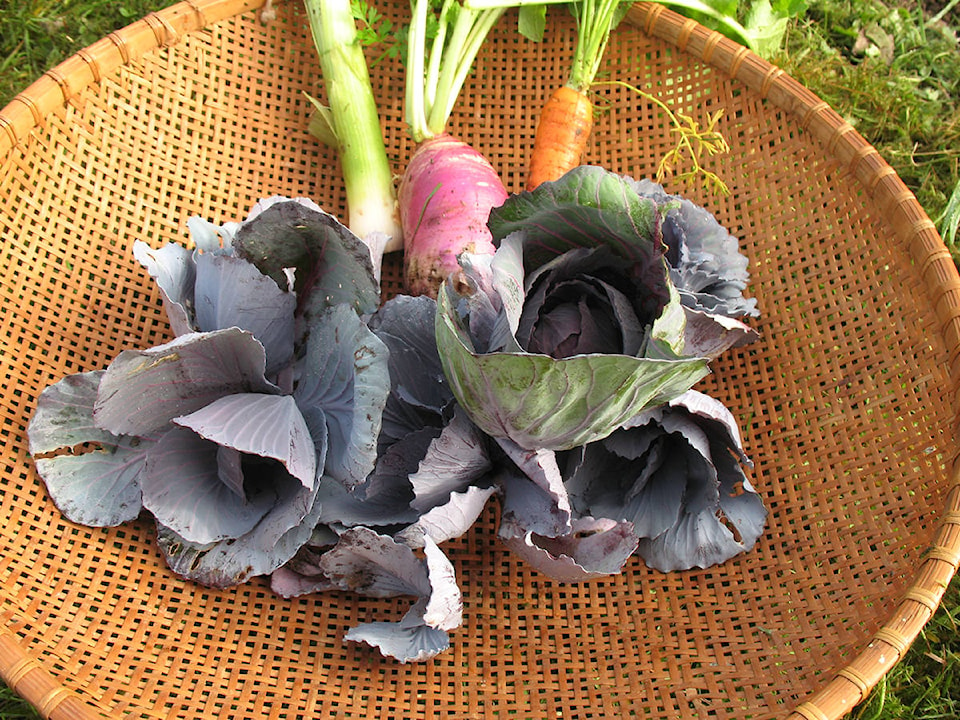I bought the book The Plant Paradox on the recommendation of a friend who’s been following this diet plan for six months and says she’s never felt better. Always on the lookout for a new nutrition angle, my ears perked up and now I need to make room on my groaning bookshelves for this recent addition.
In the book Dr. Gundry discusses how lectins in our food can make us sick and offers suggestions in how to ameliorate their toxicity. Lectins are chemicals that plants make to defend themselves against whatever would eat them, be it insects, disease organisms or humans. If they make us feel unwell, we avoid the plant and it thrives. Humans, Gundry says, have formulated myriad ways to minimize lectins’ impact, rendering these foods palatable.
One method, fermentation, also provides a way to store food without the need for electricity, and I’m all for reducing my Hydro bill. The microorganism responsible for this fermentation digests lectins and secretes lactic acid; most of the lectins are rendered harmless and the lactic acid kills off possible pathogens, preserving the food safely.
I’m happy to find one more reason to preserve my harvest through fermentation, even though I will be the only one in the house to eat it. Despite the other household member’s reluctance to try these gustatory delights, he encouraged my experimentation by giving me a book on the subject by a group in France called Terre Vivant. Recipes include fermented turnips, radishes and zucchini as well as many other vegetables and fruits. Here’s one I’m going to try:
Sauerkraut Medley:
1 cabbage
1 carrot
1 leek or onion
black peppercorns
A few juniper berries
bay leaves
non-chlorinated water
salt
1 quart canning jar with lid
¼ turnip
Finely grate the vegetables and combine them well. I’m using the small red cabbages that grew from the stalk when I harvested the large main head in the summer.
Place a few peppercorns, juniper berries and bay leaves at the bottom of the jar. Add two handfuls of the vegetable mixture and pack it down firmly. Sprinkle with salt and add more of the bay leaves, pepper and berries. Stack layers up to one inch below the top, packing each layer down firmly and finish with the spices and salt.
If the vegetables aren’t covered with liquid, add a brine made with water and salt (1 quart of water to 2 tablespoons of salt). Do not use chlorinated water as the fermentation won’t work as well. If your water is chlorinated, just let it stand for 24 hours as most of the chlorine will gas off. Weight the vegetables down with a clean washed rock and leave the jar in the kitchen for a few days to launch the fermentation process, then screw the lid on and move to a cool place to store. This will keep for several months. I like to add sauerkraut to salads and sandwiches, and it can be added to soup too.
Please contact mary_lowther@yahoo.ca with questions and suggestions since I need all the help I can get.
